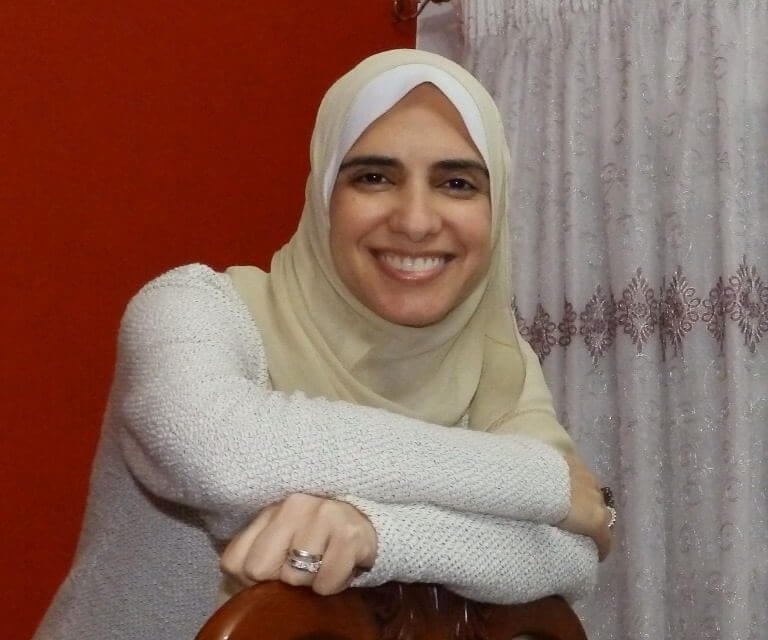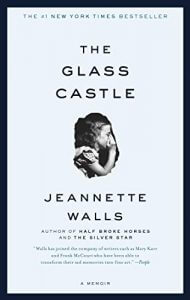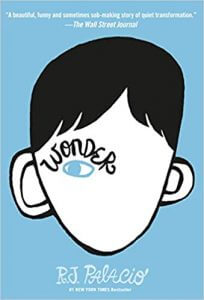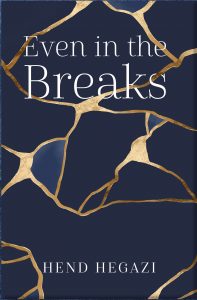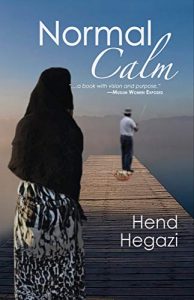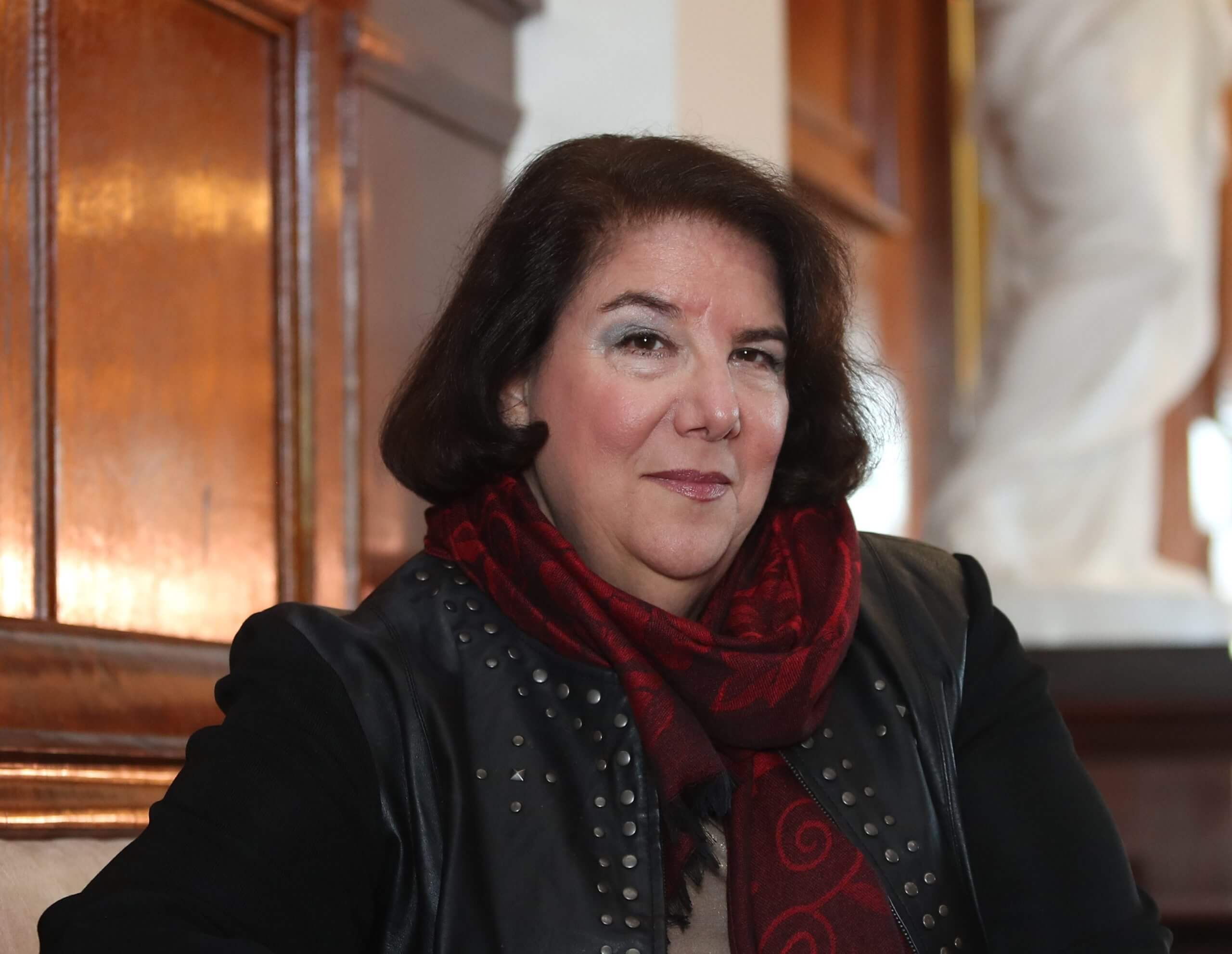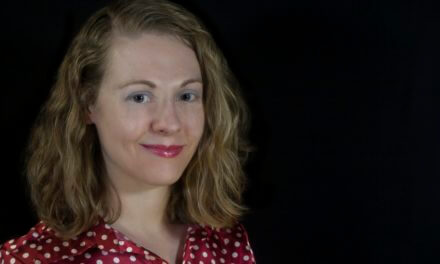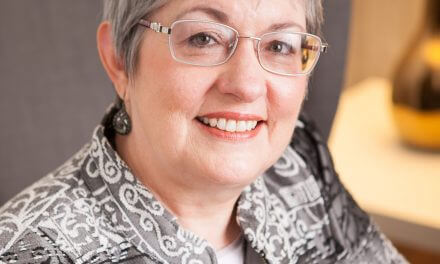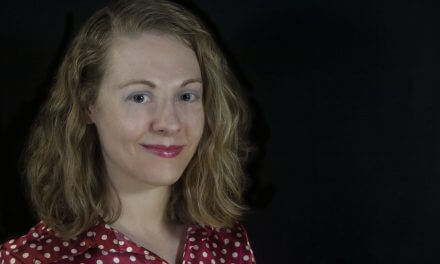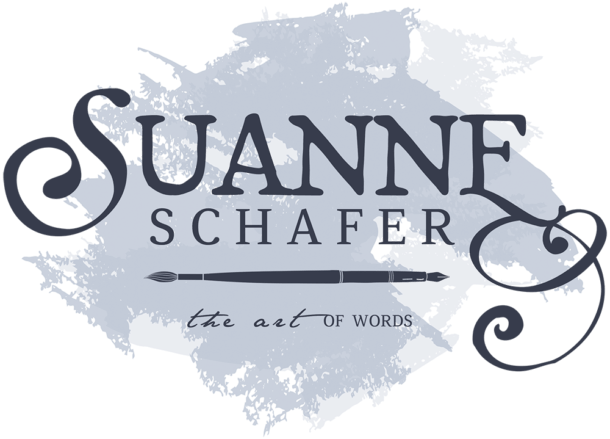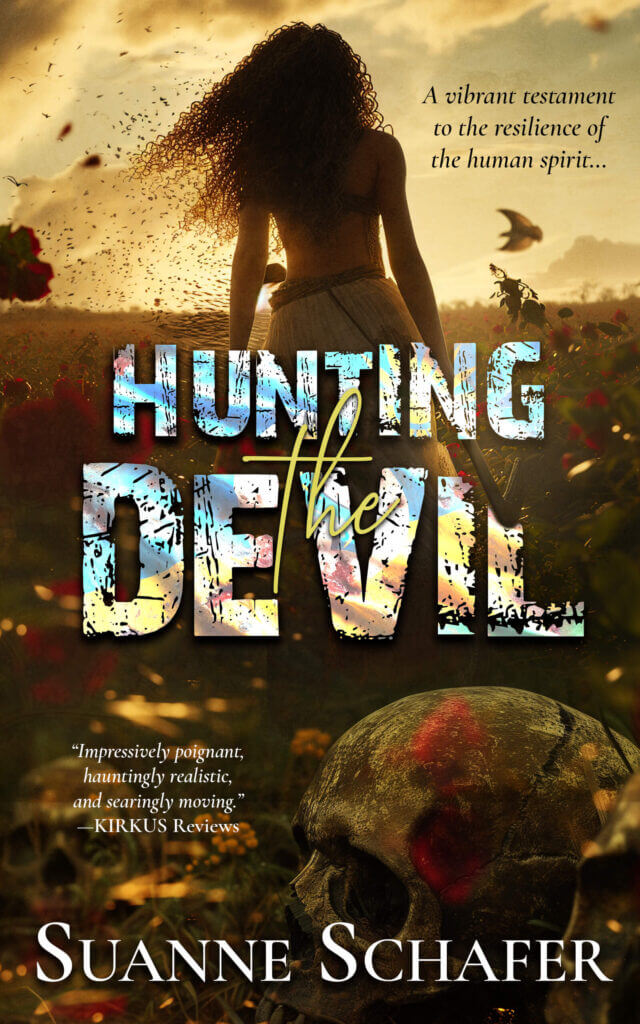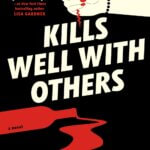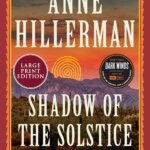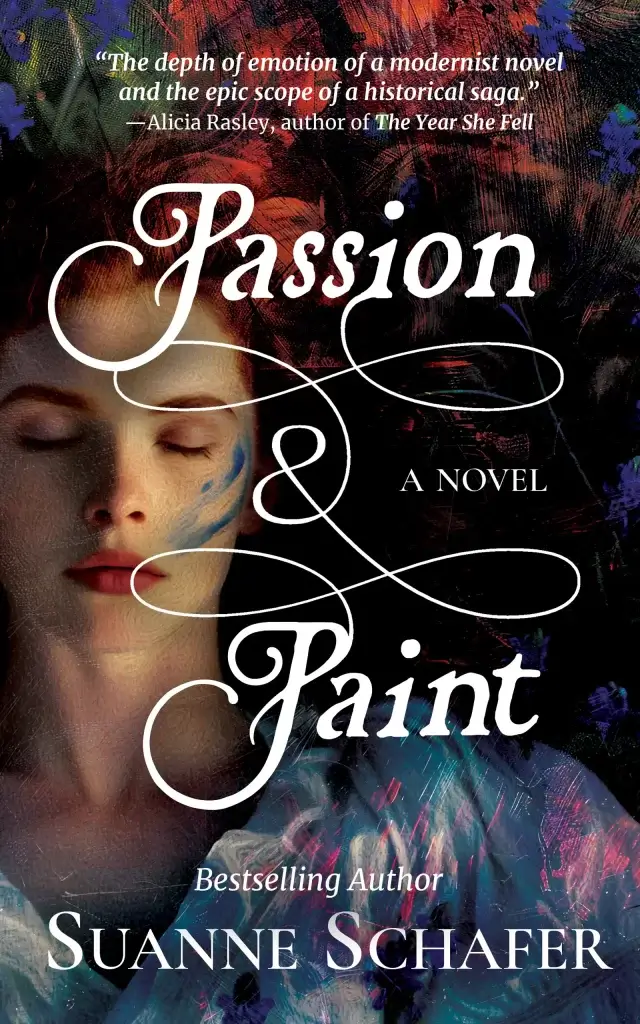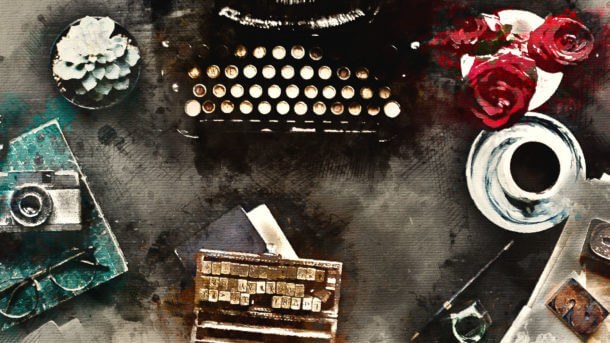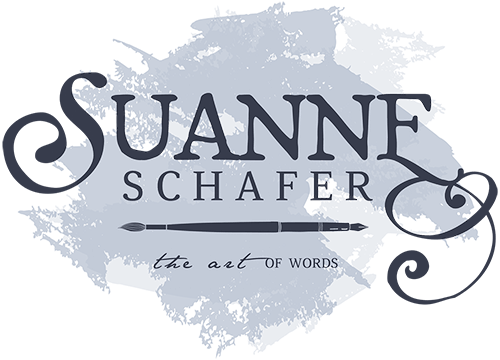I am thrilled today to welcome Hend Hegazi. It’s definitely a Covid-safe interview because she’s based in Egypt. Send was born and raised in Southeastern Massachusetts. Despite her desire to pursue writing as a profession, she graduated from Smith College with a degree in biology and a minor in religion. Shortly thereafter, the winds of life and love blew her to Egypt where she has been living for the past 18 years. Hend is a writing coach and the Editorial Director of Muslimah Writers, an online organization dedicated to helping women writers reach their highest potential. Her fiction and poetry focus on the human condition, often shedding light on the Muslim American experience. As a common theme in her pieces, the intimate relationship between God-consciousness and love is often explored. Her books show the many different angles of love, forgiveness, and sisterhood. Hend’s debut novel, Normal Calm, was published in January 2014, and her second novel, Behind Picket Fences, was published in July 2016. Her latest release, Even in the Breaks, was launched on February 16, 2020.
SS: What in your childhood contributed to you becoming a writer?
HH: The storytelling unit we had in fourth grade featured a storytelling group that visited our school for about a week. They performed some skits for us, talked to us about storytelling, then assigned us the job of writing our own skits. After we’d written and submitted our stories, the group (along with our teacher) reviewed them and chose a few for us to perform in front of the entire fourth grade. The experience was so exciting, but the very best part was that our local newspaper attended the day of our skits…and my story and my name appeared in the local paper. My very first byline! It was such a thrill. That experience, realizing that I could engage people with my stories, was a huge contributor to me becoming a writer.
SS: How long have you considered yourself a writer? Did you have any formal training, or is it something you learned as you went?
HH: Although I didn’t have any formal training, I’ve considered myself a writer for as long as I can remember. I used to write (very bad!) plays to perform with my friends in front of the class. I’ve always loved writing poetry. Since elementary school I’ve dreamed of being a novelist. Writing has always been a part of who I am.
SS: Do you generally write in one genre? If so, what is it? And what can readers expect from one of your books?
HH: I generally write women’s fiction with a focus on normalizing the Arab American experience. I like readers to see how women from different cultures experience the same type of challenges, and explore the humanity behind dealing with those challenges.
SS: What is a fun or strange source of inspiration that ended up in your book (a name, location, line of dialogue, etc.)?
HH: My brother went to a New Year’s party to celebrate 2000; at the time he was still a student, and the party was being thrown at a friend’s house. The final countdown to Y2K began, and the room boomed with the voices of kids counting backwards—4, 3, 2, 1 … then the lights went out. Complete darkness. All those hypotheses about Y2K that the world had been freaking out about were actually happening! Just as the partiers began to lose it, one of them looked out the window, and saw that the rest of the neighborhood had electricity; it was just their house that was dark. The parents’ cackling swept through the room as the lights flicked back on! When my brother told me that story, I couldn’t resist including it in my first novel.
SS: How do you give back to the writing community?
HH: In addition to being a writer, I am also an editor and writing coach. I love helping women achieve their writing goals, whether that’s through guidance and support, as I do in coaching, or giving them feedback through editing.
SS: I mentor writers through the Women’s Fiction Writers Association (WFWA) and also privately, working to get an author’s works into tip-top shape. When you write, what works best for you: typewriters, computer, dictation, fountain pen, or longhand?
HH: I wrote the entirety of Even in the Breaks in a notebook. I love the feel of a pen in my hand as it glides along the paper. I find that not only does longhand truly help increase creativity (those studies are completely true!), but it also makes my editing process a bit more thorough; transcribing my handwritten words to the computer is its own round of editing, and it helps me catch lots of those sneaky plot holes.
SS: Do you hide any secrets in your books that only a few people will find?
HH:They aren’t secrets exactly, but there’s usually something behind the names I choose. For example, my best friend’s name begins with K, so I try to have a positive character whose name begins with the same. I often look up names based on the most prominent personality trait of a character. For example, in my current work in progress, I wanted a name that means “blessed;” with a little help from Google, I decided on Gwendolyn. Similarly, in my second novel, Behind Picket Fences, the kind Arab American husband is named Hassan, which comes from the root word in Arabic for “good.”
SS: Which scene did you find the most challenging to write and why?
HH: There is an intense scene between Hassan and his sick wife in Behind Picket Fences. That scene was so difficult for me to write that I had to leave it for a couple of weeks before I could complete it. I think I put myself in those characters’ shoes, I truly saw them as being real, so making them go through such a difficult trial was very emotional for me.
SS: I tend to save the difficult scenes for last, partly so I can fit them into the drama of the story, but that technique gives me lots of time to see how my characters would react in a particularly rough situation. Khaled Hosseini (The Kite Runner) feels he discovers a story rather than creates it. Are you a plotter? Or do let the novel develop organically?
HH: I do a bit of planning before I begin a story; I know where the character is in her life, some of the issues she will face, and what she’ll look like on the other side of those obstacles. But I don’t use a strict outline, nor do I hold rigidly to any plot points. My characters are constantly telling me, “I would never do that,” and forging their own destinies.
SS: What are you currently reading?
HH: I just finished Ayesha at Last by Uzma Jalaluddin, and am about to begin The Other Americans by Laila Lalami. The book I’m supposed to be reading for my book club is The Glass Castle by Jeannette Walls, but I’ve been on the waiting list for about two weeks now for the ebook from my library.
SS: I enjoyed Ayesha at Last and The Glass Castle. I’ll have to add The Other Americans to my to-be-read pile. What books inspired you as a child? As an adult?
HH: When I was in elementary and middle school, I loved the Sweet Valley High series. In late middle school and high school, I became obsessed with VC Andrews. I wanted to write something that held readers attention with as much intrigue as I had reading those books. As an adult, Khaled Hossein’s books always move me, but The Kite Runner is my favorite by far. That story has had a lasting effect on me. A couple of years ago I read RJ Palacio’s Wonder to my children. THAT has become my all-time favorite book. The way Palacio exposes humanity, the messiness of our shortcomings, vulnerabilities, and courage, is simply brilliant.

HH: I am a firm believer that reflecting on negative feedback is one of the best ways a writer can improve. So, yes, I read all my reviews, the good and the bad. The good reviews are wonderful because they are proof that the time and effort spent in creating my books, in developing these characters, wasn’t lost. But the bad reviews are even better: they let me see how I was unable to connect with my readers, and they help me identify areas where I can improve. Certainly not all bad reviews are helpful; some are simply spiteful, and some are negative with no indication of why the reader felt that way. But you take that all with a grain of salt. Part of being an author is learning to be a professional, learning that no matter what you do, you will have haters, learning that you are not your books. While that is undoubtedly a difficult mindset to achieve, it is necessary if your aim is to be a recognized author.
SS: By the way, I love your cover. It seems to be a reference to kintsugi, the Japanese art of repairing broken pottery with powdered gold. I’ll have to read Even in the Breaks and see how that idea fits into your story. At what point did you come up with the title? Did your publisher change it?
HH: I always begin a piece with a working title, but by the time I finish the story, that title usually changes. Normal Calm began as Amina’s Story, Behind Picket Fences was first The Grass is Never Greener, and Even in the Breaks was originally Beauty of the Damaged. For the first two, I was the one who made the title change, but for Even in the Breaks it was my editor (self-commissioned) who suggested it. She felt uncomfortable with the connotation of “damaged,” and after considering her reservations, I agreed to change the title.
SS: Is there a phrase or quote about writing you particularly like or that inspires you?
HH: Louis L’Amour said, “Start writing no matter what. The water does not flow until the faucet is turned on.” I believe this is valuable advice for any writer, whether seasoned or just beginning.
********************
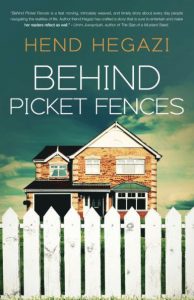
Even in the Breaks:
Normal Calm:
Behind Picket Fences:
********************
An excerpt from Even in the Breaks:
Although she’d cleaned out all of Saef’s clothes, she hadn’t gone near his papers. It seemed too daunting a task for her. But one evening she decided she couldn’t put it off any longer; she opened the drawer to his nightstand. Resting on top of a large stack of papers and files and books, was his cell phone. She plugged it in and turned it on. She looked through his videos—things he’d downloaded from social media. A few were funny, and others he had already shown her. There was a picture of a baby. For a second she thought she recognized the child. But no, she’d never seen her before. She wondered why Saef would have the picture on his phone. It had been taken with his camera, not downloaded. Didi didn’t understand, but she moved on.
She scrolled through the names, not looking for anything in particular nor noticing any unusual contacts. Then she clicked to see his messages. The last one had been sent the night before he died. It was to someone named Leah, and it said: “I’m spending all day tomorrow with Didi. I’ll see you on Sunday.”
The woman replied: “Enjoy yourself. I miss you.”
The message before was dated one week prior and read: “I’ll be there soon.”
Didi scrolled back through all the messages Saef had exchanged with this Leah. And as she did, she couldn’t believe the nightmare she was uncovering. Message after message indicated not only that he’d had a relationship with this woman, but he saw her regularly. He ate with her. Brought her the groceries she needed. He even went with her to the doctor. The messages on his phone only went back two years, but it was clear their relationship had begun before then.
Didi couldn’t wrap her head around it. Was this really happening? Did she really just discover that her dead husband had been having an affair? Could Saef really have cheated on her?
It all seemed too cruel. It was bad enough that he was gone, but realizing he hadn’t even been who she thought he’d been was a stab in the back that pierced her heart until it felt like all her blood had been drained. “No,” she said. “He’d been a loyal husband. He was good to me. We never fought, we always made up after any argument. He called to check up on me. He loved me. He wouldn’t do this.”
And yet the evidence he left behind was stronger than all those truths combined. He’d betrayed her. He’d had an affair with a woman named Leah. And, what’s worse, the messages about visits to the obstetrician and meeting her for lunch afterwards could only mean one thing. She flipped back to the picture of the baby. Examining it closely, she understood why the child looked familiar: she had Saef’s eyes.
********************
To read the first chapter of Even in the Breaks: http://bit.ly/EvenInTheBreaksChapter1
To connect with Hend on social media:
www.facebook.com/AuthorHendHegazi
www.twitter.com/AuthorHend
********************
This post contains Amazon Affiliate links. As an Amazon Associate, I earn a small amount from qualifying purchases.
